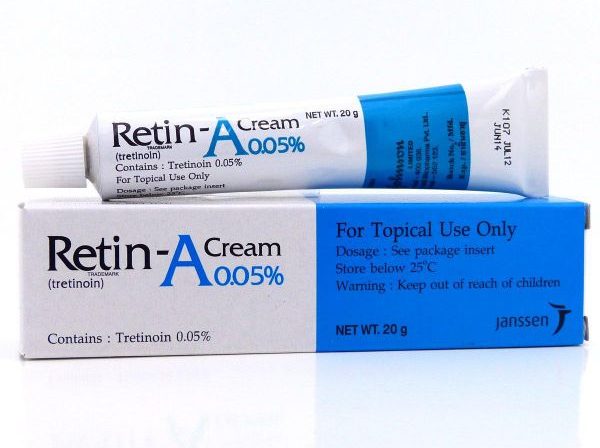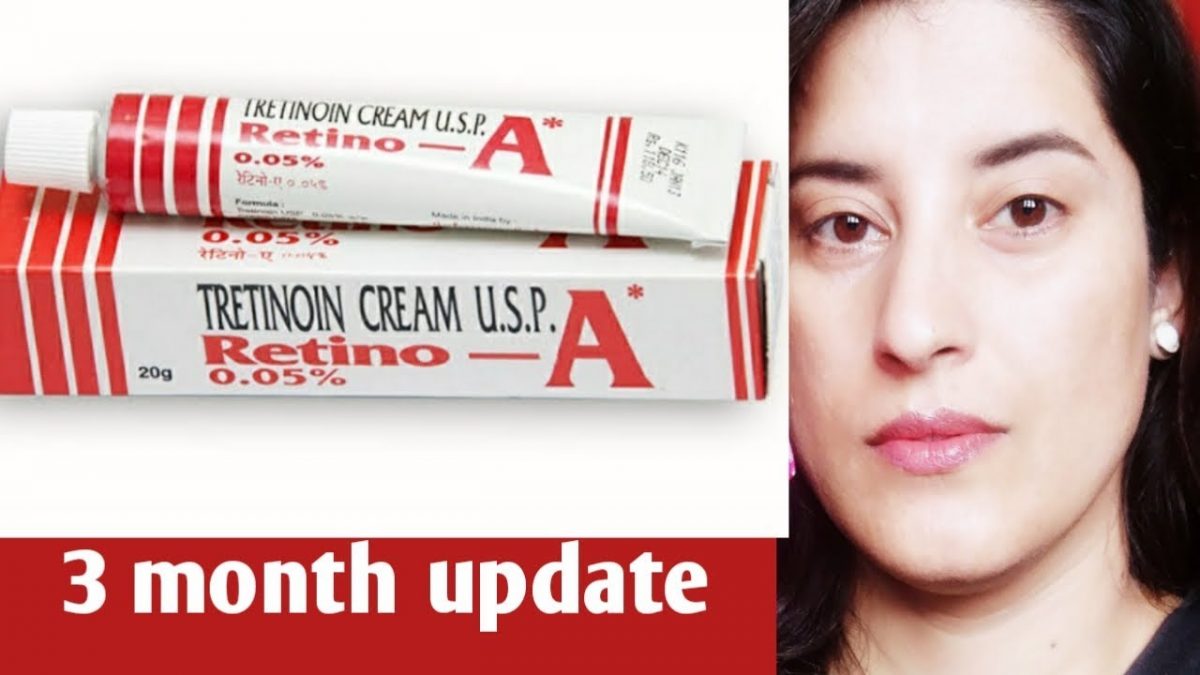A year on tretinoin and I’m not going to stop. I am no longer fooled by advertising any cosmetics, at 37, tretinoin is the main component of my facial care.
There is a lot of conflicting information on the Internet about retinol and its derivatives. Horror stories are copied by people from article to article, from review to review. One amateur read from another and went on to spread the information further. It is difficult to figure out where the truth is and where the fiction is.
I am also an amateur, but I tried to approach the issue more consciously. Plus, knowledge of English and the ability to study information in English-language sources helped. And it is there that there is much more of it, because in Russia funds with tretinoin for external use are not registered, there are no and there were no official studies, dermatologists and cosmetologists do not really know about it, they know almost nothing about it. We have registered with tretinoin only preparations for internal use, for the treatment of serious diseases such as leukemia.
In the United States, tretinoin care has been produced for many years, but even there, doctors did not come to an unequivocal conclusion whether it is safe to use, especially in constant use, and how toxic it really is to the body.
You cannot buy tretinoin cream in Russian pharmacies, but you can order it on the Internet. I will tell you about the place of buying my funds a little later.
I will not try to write smart phrases about exactly how tretinoin works for our skin. I will just say that this is a retinol derivative and it is a really active component that can penetrate into cells, influencing the processes taking place in them. Unlike the lion’s share of cosmetics, which promise incredible, it does not even penetrate the stratum corneum. And it costs a lot of money. All these organic extracts of plants, gold, black caviar and much, much more are just a marketing lure, but in fact – zilch.
First of all, tretinoin for external use is used in the treatment of acne and various inflammations. Its second function is to use it as an antiage component, since it affects the synthesis of collagen in cells. I am 37 years old and, as you know, the second option is more interesting to me. But even with small rashes and skin imperfections, the cream also helped in the end.

about the features and scheme of application, common myths and misconceptions in this regard;
my personal experience of use and result.
Let’s start with the MYTHS and DELUSIONS, with which many reviews are full of.
“You can use tretinoin only in a course, not for a long time.”
Tretinoin does not accumulate in the body, it is completely excreted after a maximum of 72 hours, even when taken orally.
When you stop using the cream, the effect immediately begins to fade. This is justified only if you are struggling with acne, the remedy has helped you and there is no more need for it. As a preventive measure against aging, systemic use is required to improve skin condition.
It’s like with proper nutrition and sports, there is no point in sitting on a healthy lifestyle for a month, so you will not get an elastic and healthy body. Only a systematic approach works and a healthy lifestyle as a way of life.
So it is with tretinoin, it is necessary to introduce it into permanent care even before the appearance of obvious signs of aging.
There is one woman blogger on YouTube, she is over 65. She has been on Tretinoin for decades and she looks amazing! The skin is great. I don’t really believe that she, as she says, never resorted to beauty injections and plastic surgery, but plastic surgery cannot achieve the same skin condition as hers. Moreover, at 65. This is a long-term, competent care. And for me this is a strong argument in favor of creams with this ingredient.
“Tretinoin increases the sensitivity of the skin to UV radiation, you cannot use it in the summer.”
On the web, you can find many articles with such a statement. But you can also find information about studies proving the absence of the effect of tretinoin on skin sensitivity to the sun.
Definitely, the risk of getting pigmentation is possible in the early stages of applying the cream, when the skin is peeling, it is thinned. But not when you use it constantly and the skin has adapted long ago. For example, in the summer I took my cream with me on vacation at sea. But SPF protection is my loyal friend, so no new spots have appeared, although I have a penchant for them.
Why, then, is it insistently recommended to take SPF as a rule along with the transition to tretinoin? Simply, if you do not protect the skin, then the effect of tretinoin will be neutralized by the harmful effects of the sun. Solar radiation negatively affects the synthesis of collagen in cells and is generally considered one of the accelerators of skin aging. This negates the beneficial properties of the cream, acting in the future.
And also, tretinoin is destroyed by exposure to ultraviolet radiation.
On the same YouTube, there is a channel of an Australian dermatologist who tests various skin care products. In one of the videos about cosmetics, it seems with acids, he said that all this, of course, works well, but the only really working anti-aging products for the skin are the constant use of SPF protection and retinol (in this case, its derivative is tretinoin).
That is, these 2 products work in tandem to preserve the youthfulness of the skin. It is better to use SPF even without tretinoin, even in the cold season.
I also cannot help but add that in the description of the drug for oral administration with tretitoin in the composition, the number of actions includes the suppression of melanin production by cells. This means that the ability of cells to protect themselves from UV radiation is suppressed. To what extent this is applicable to a product with essentially negligible concentration, I could not find.
- “After washing, you need to wait until the skin is completely dry before applying the cream.”
I met this advice in several reviews. The recommended time was 20 or even 30 minutes. Someone even wrote that if you do not wait for the skin to dry completely, you can get severe irritation, or even a burn.
The first 2 times before applying, I was like a fool and did – I waited 20 minutes after washing, until my already dry skin dries to the state of parchment. This is idiotic advice, I tell you. You just need to wipe your skin with a towel, wait a minute or two and boldly apply tretinoin. There is no need to wait for the skin to lose a large supply of moisture, this is not useful.
Looking ahead, I will say that I have never had any negative reactions with my method of application. You need to apply the cream on clean, dry skin so that there are no unnecessary obstacles to the penetration of the active ingredient into the skin. After all, it already penetrates only 30% at best. The moisture reserve in the skin does not in any way affect its irritant effect. The presence of serums, creams or tonics, by the way, too, only reduces the effect, reducing the percentage of penetration, nothing more.

CONTRAINDICATIONS for use
There are quite a few of them and everything should be carefully studied before using.
The main ones, in my opinion, are:
- the presence of serious skin diseases, open wounds, ulcers, etc.;
- pregnancy and lactation.
SCHEME OF APPLICATION
Of course, you need to start with a low percentage. 0.025% is fine for this, that’s where I started.

